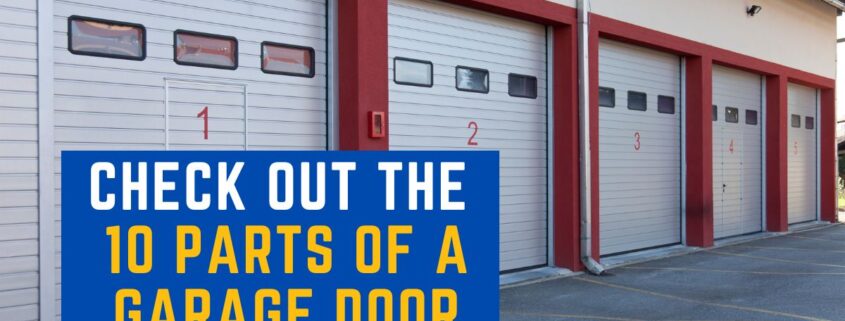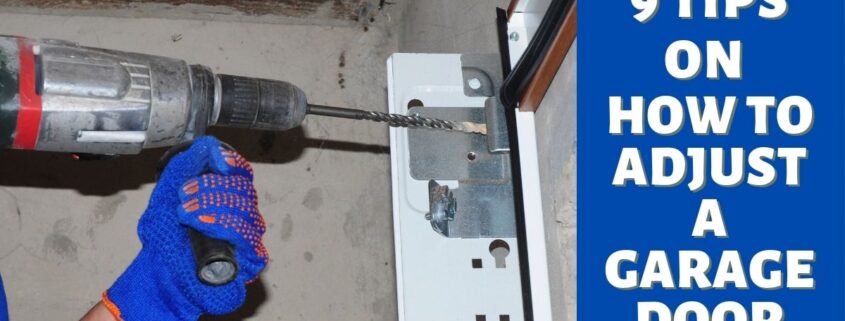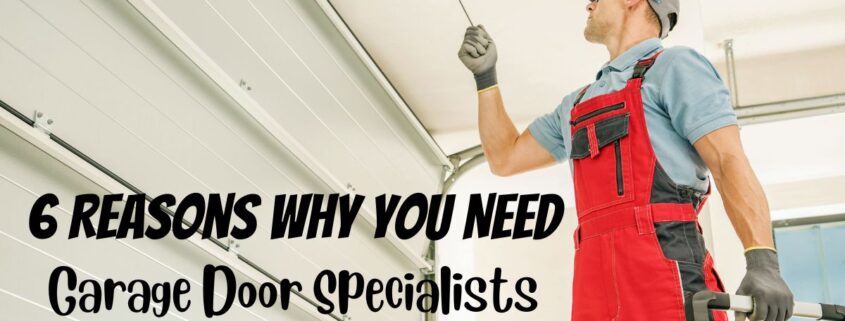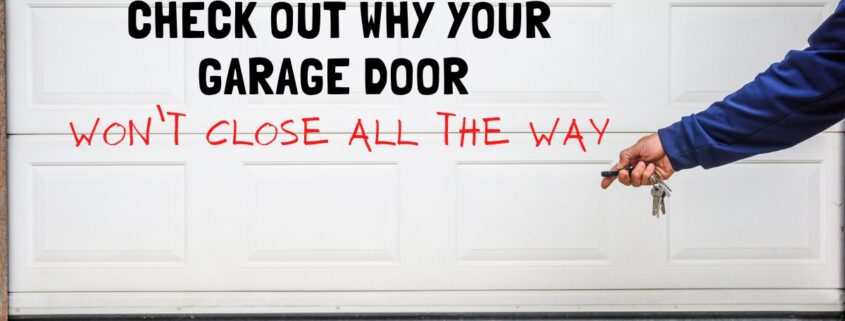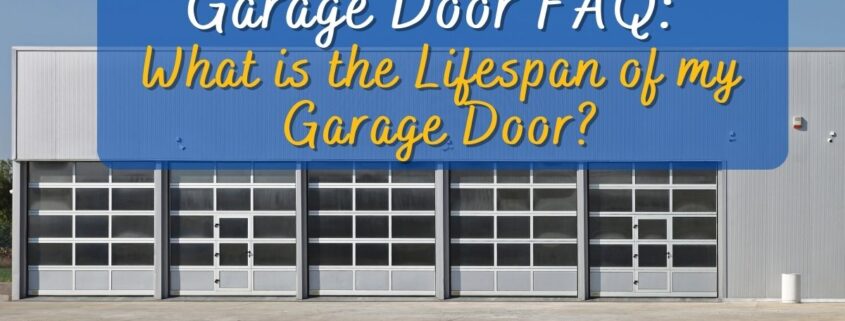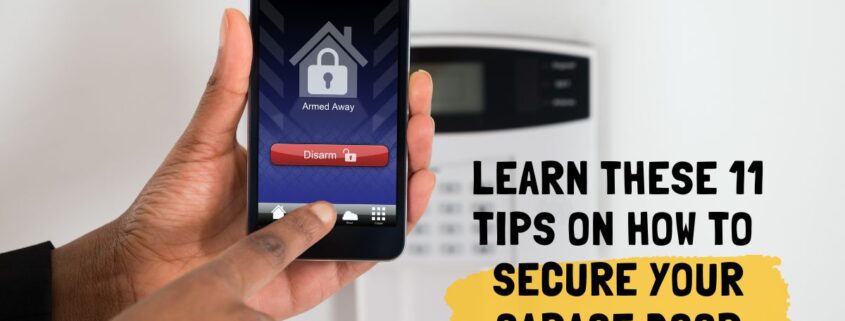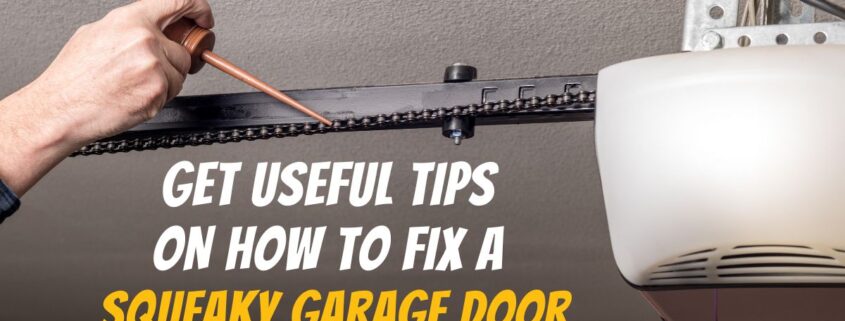Must-Learn Tips to Open Your Garage Door Without Power
Going home to a malfunctioning garage door can be disappointing. Whether it’s a run-down battery in the remote or a power outage, you should understand how to open and close your overhead door manually.
Learning the right procedure to open your garage door without power will be a significant help. To open it successfully on your own, you will have to recognize the usual causes, typical series of steps, and safety pointers.
Here are the Steps to Open Your Garage Door Without Power
1. Ensure all the springs, cables, and the rest of your garage door system are unbroken.
If the door is already harmed, you might end up impairing it more during the procedure. A broken spring or cable could harm you as well. Once you find any garage door issues, it will be best to contact a specialist for a garage door service and repairs.
2. Ensure your garage door is in the down position or fully closed before trying to disconnect the door opener from the garage door.
Trying to disconnect the opener during the time that your door is in the open position is immensely hazardous and not recommended. If the spring is impaired or not well balanced, letting go of the opener could lead to the garage door shutting with a crash to the ground. It could cause a lot of damage and bodily injury.
3. When you have checked and confirmed there are no issues that need professional repair, you will want to locate the emergency release cord.
This cord has a red handle and will hang from the heart of the overhead door mechanism. If you do not see a red cord, but notice a cord hanging from the heart of the door mechanism, it is possibly the emergency cord. You may use a ladder to get to it.
4. Pull the emergency release cord until the lever goes into a down position.
This process will cause the lever to disconnect from the door opener carriage. Once you released the lever, you can now lift the garage door without any electricity. Move the door up until it’s back to its end. Ensure it’s fully open to avoid having it fall on your car or yourself.
5. If you cannot easily lift the garage door from the floor, you will have to consult a professional.
Have them inspect the door to see if there are any broken parts. A smooth opening shows that the springs are properly balanced, and you can be sure you are not impairing your garage door by opening it without power.
6. Once the door is totally open, you can drive your car into the garage.
Then, you can close the garage door the way you wide-opened it. Push the lever upward and pull the cord towards the garage door motor until you hear a loud mechanism click to reengage the carriage and have your door work electrically again.
More Tips to Cautiously Open Your Overhead Door Manually
Aside from the above-mentioned steps, you may also do the following precautions to ensure safety while manually opening the garage door:
1. Before opening the door on your own, disconnect the power cord from your garage door first even if there’s a power outage.
2. Never attempt to move manually an impaired garage door. Call a professional in this case.
3. Read the owner’s manual to acquire some crucial information about lifting your garage door manually.
4. Never repair broken cables or springs on your own. It’s highly risky.
Need a Professional Assistance? Call Inland Overhead Door
It is indeed frustrating to see your overhead door malfunctioning due to several reasons. If you notice your overhead door is malfunctioning and you are unsure of the exact cause, consult Inland Overhead Door Company at once.
We assure you that our team of overhead door specialists can handle all garage door issues you have. Our services are available even in emergencies, 24/7.
Any questions about our services? Feel free to call us today.


